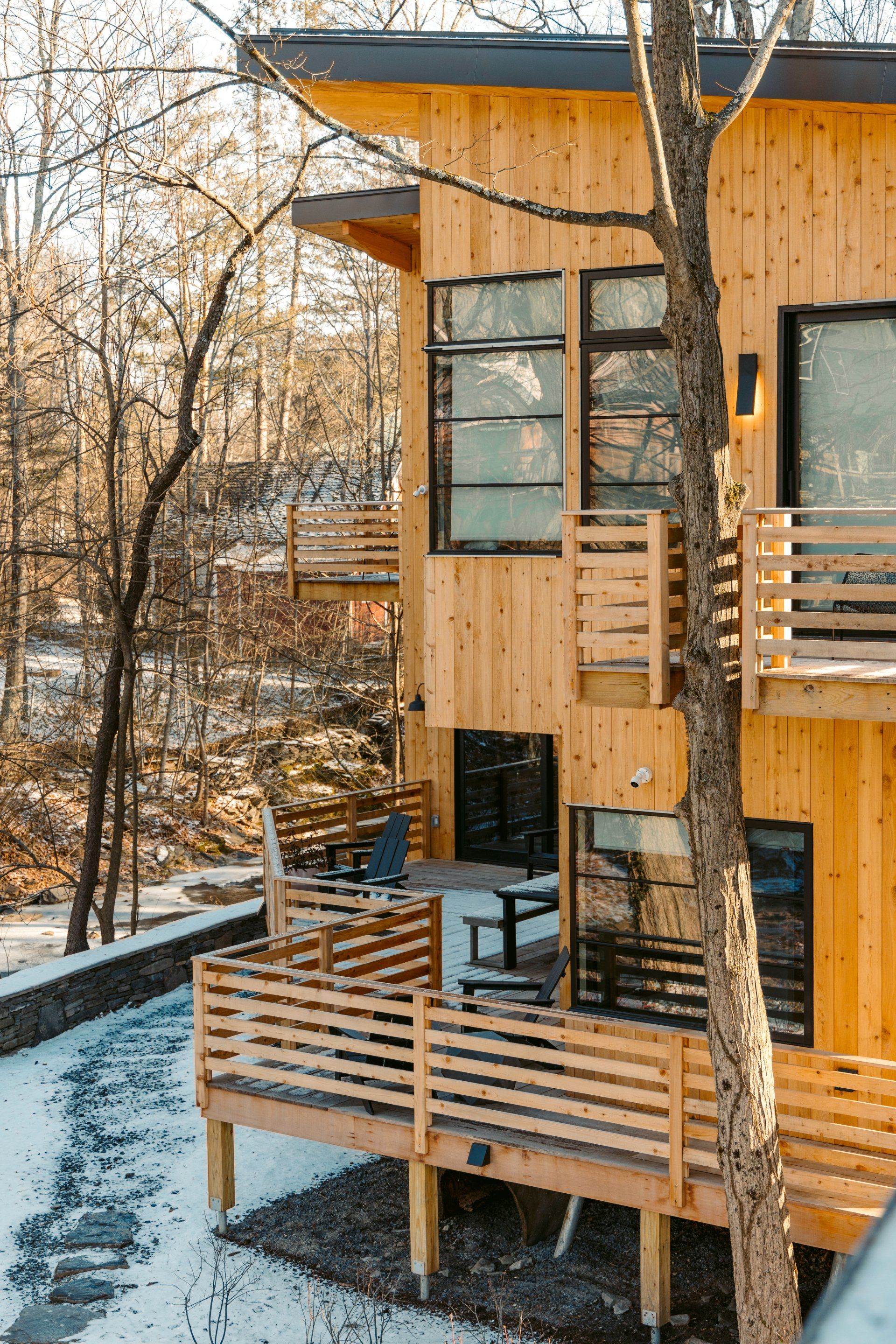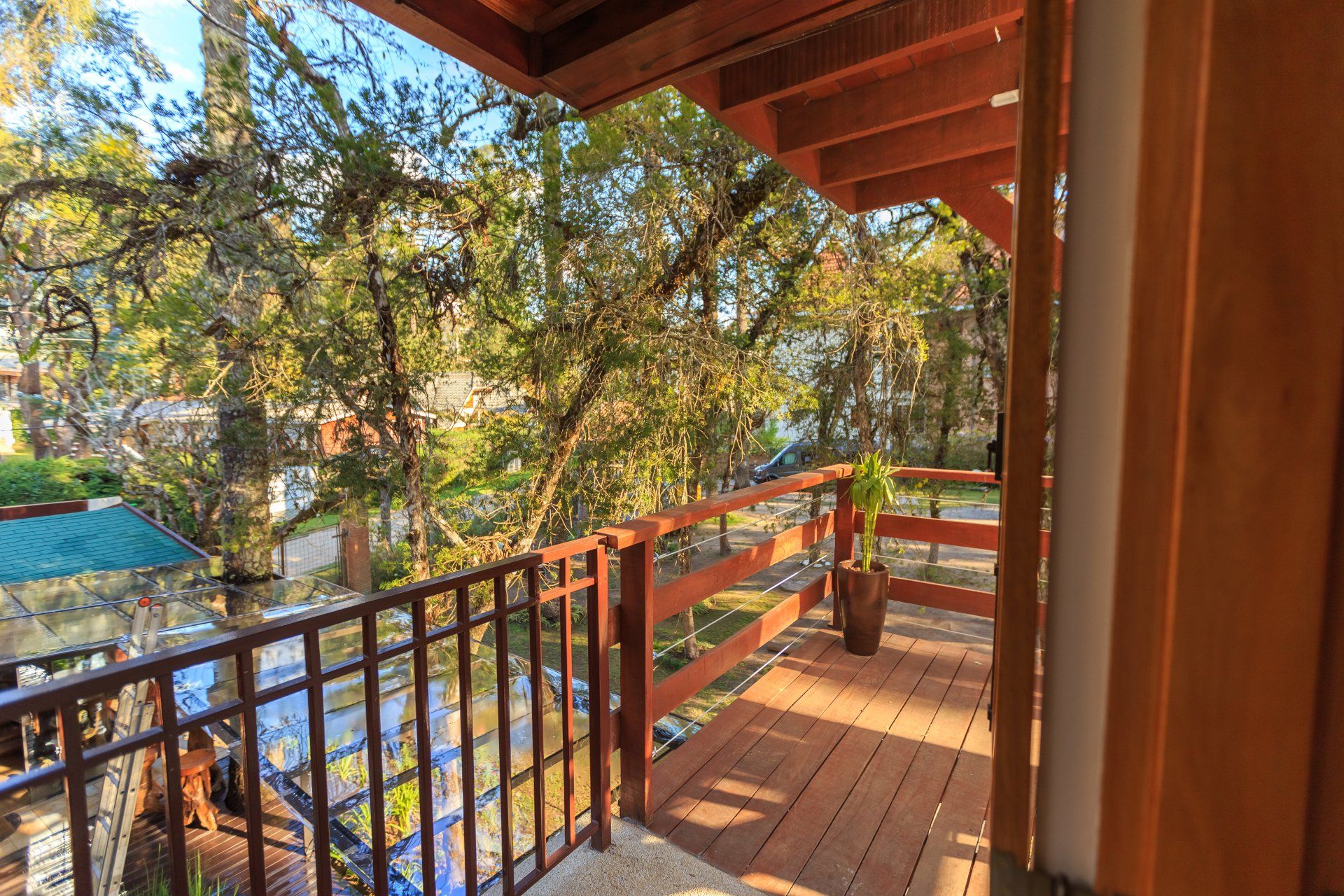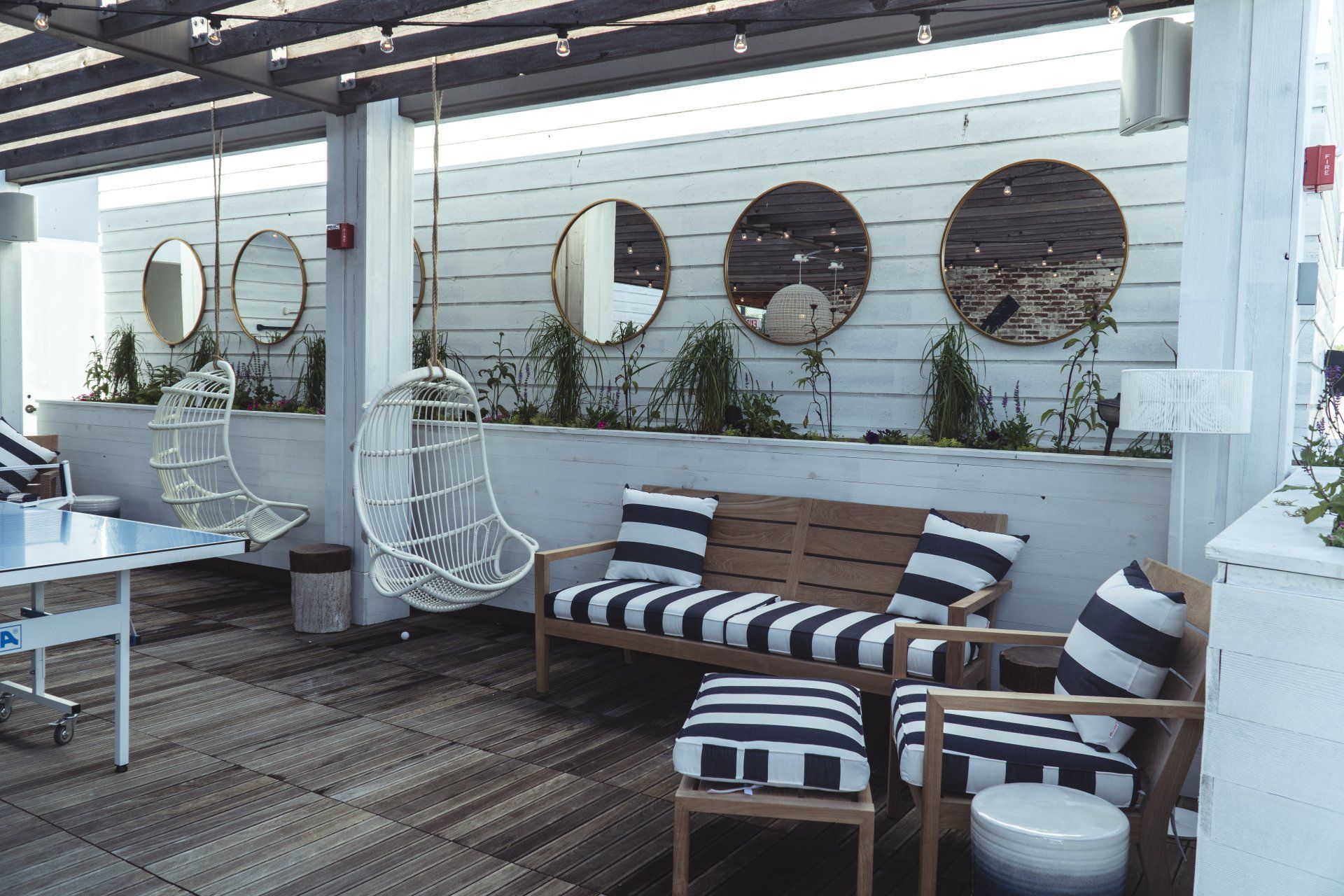Decking Used As Siding
Decking Used As Siding
Have you heard that a few contemporary homes, as well as a large number of commercial buildings, are using composite decking for their siding?
In this article, we'll examine composite decking that is used for siding, along with the advantages and disadvantages.
Can Composite Decking Be Used As Siding?
Have you thought of the possibility in using composite decking boards for siding? Perhaps you wondered if it's even feasible.
Composite decking has made a significant leap since its introduction around twenty years ago. Today's products are extremely durable, and of excellent quality, so you can utilize them as siding materials. They are resistant to fading, maintain their color with no maintenance, and appear like real wood.
When you think about the exterior look of your house, the first thing you think of will likely be about the siding color or style. Do you want to go with horizontal lap or cedar shake? Gray, white, or perhaps that green hue you love. While these are important choices, there are alternatives to think about, particularly if you've got the style of your home that matches the style of siding you prefer, such as Modern, Contemporary, Bohemian, or Transitional.
They are a fantastic investment, and they can be a reflection of the homeowner's individual design and taste. A fantastic way to increase the curb appeal of a house is by using exterior cladding. Exterior cladding is the use of boards or other types of materials to accent walls around the outside of a house or building. It's a popular fashion in contemporary design and has been used traditionally with Ipe or other hardwoods. Now, it's been proven that composite decking can be advanced to such a degree it's an ideal choice for cladding.
If you are planning to use a composite decking material for cladding, there are some points to be aware of.
Composite Decking Used As Cladding Summary
Here's a brief outline of what's in store.
When you install decking for exterior cladding, it is necessary to put up furring strips first in order to ensure they are not straying from the wall. Either wood strips or metal can be used. Wood strips must be treated to allow outdoor use.
Also, you'll need a reliable rain screen and a vapor barrier.
We suggest using square-edged boards that are without grooves, as well as screws that have plugs. Screws should have been approved to be used outdoors.
The composite deck boards can be installed as vertical or horizontal siding.
We suggest covering the edge of cutting boards that are not 100% PVC.
There's a wide range of decking materials and designs available, and we'll review the various options.
Why Use Cladding
Cladding is a kind of exterior siding that shields buildings or homes.
It's an entirely different style that you are familiar with because the cladding is separated by gaps. Vinyl siding that is traditional fiber cement, wood, or masonry is solid or overlapped in such a manner that water cannot get through.
Due to these gaps, the exterior cladding must be an integral part of a mitigation system that incorporates a strong furring strip and vapor barrier, which keep the cladding away from the house's sheathing. This is particularly important for wooden-framed homes since the primary source of damage that we observe on homes of residential properties is water damage.
Exterior cladding is an attractive option to flank a house when the style demands it. Don't skip this vapor barrier. Traditional siding techniques make use of a vapor barrier or house wrap of some sort underneath the siding. However, it's more essential with cladding as water will pass through the cracks. While cladding is a great way to protect against pests and impacts, it's not as effective against water.
Deck Builder Saskatoon Quote





